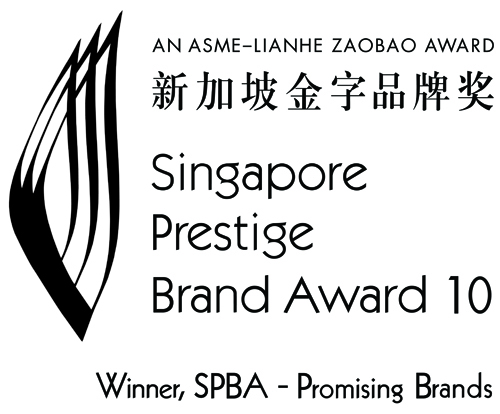The prevalence of Mobile applications has massively altered our daily routine, with their convenience and usability. They also offer extensive support to the business executive. Below are ten apps which help to maintain productivity on-the-go.

1. Insight
Platform(s) : iPhone
Insight (formerly known as Encamp) is an iPhone app for the highly popular project management tool, Basecamp. With its simple user interface, it allows you to get a quick status of their projects, assign and delegate tasks. Interaction between project members is facilitated on Writeboards where they can post messages and comments. Insight further helps you to organize email and contact details of colleagues and clients so you can reach them immediately wherever you are.
2. Quickoffice Mobile Office Suite
Platform(s): Android, Symbian, BlackBerry, iPhone, and webOS
You can now do work on the go with this app. The Quickoffice Mobile Office Suite lets you view, edit and format your Microsoft Word and Excel documents on the go. It can also be integrated file storing apps like Dropbox. This makes it easy for you to share your work with others and update common folders with your revisions.
3. Dropbox
Platform(s): Android, Blackberry, iPhone and iPad
With Dropbox, you can sync files among Windows, Mac or Linux machines through the web. Different levels of access can be assigned. Private subfolders that sync among your own computers can be created, as well as shared subfolders that sync to clients, partners and colleagues.
4. Salesforce Mobile
Platforms: Blackberry and iPhone
Salesforce Mobile is a Customer Relationship Management system that provides you with instant access to business and client data wherever you are. This means you can quickly look up account activity before important calls or meetings. The app further allows you to respond immediately to sales leads and customer requests even when you are on the road.
5. Contact Hero
Platforms: Blackberry and iPhone
This nifty app allows you to collect, merge, organize and manage all your contacts from Outlook, Gmail, Yahoo etc. in one place. Emails can be scheduled to go out to your contacts any time in the future. In addition, you can link contacts in your phonebook to calls to make and keep a complete contact history of notes, calls and messages. If you missed out on any calls, the system will prompt you with a reminder. Contacts can be identified and stored in a number of ways in this system, including by numbers, colorful icons and country flags.
6. Timewerks
Platform(s): iPhone
Timewerks is a time-tracking and invoicing app. It is especially useful for freelancers, consultants, lawyers, salespeople, contractors and anyone who needs to track time, materials and send invoices. With Timewerks, you can manage and organize the time you spend on various projects and get detailed reports. Complex invoices can also be generated easily, saving a lot of hassle for people who would rather spend more time on work than administrative tasks.
7. LinkedIn
Platform(s) : Blackberry, iPhone and Palm Pre
Termed as the Facebook for business professionals, LinkedIn had more than 80 million registered users, spanning more than 200 countries and territories worldwide. Be it looking for a job or a new business opportunity, LinkedIn is the perfect social media platform to get you connected with industrial experts and business professionals all over the world.
8. Econtact Pro
Platform(s): iPhone
Unlike most business card scanners, Econtact Pro does not rely on text recognition software but manual transcription by another person. Thus, 100% accuracy is guaranteed. The service is also quick and convenient. All you need to do is to snap a photo of the card on your iPhone and send it to the service. Your contacts will be updated overnight. At the cost of $0.10 – $0.25 to transcribe each business card, Econtact Pro offers good value-for-money for its service.
9. QuickVoice Pro
Platform(s): iPhone and iPad
With QuickVoice Pro, you can now send emails to others using your voice. The app further allows you to record voice memos, entire lectures and multi-session seminars.
10. FlightTrack Pro
Platform(s): Android, iPhone and iPad
Delayed flights, botched reservations and annoying last minute gate changes are part of business travel. This app tracks your flights worldwide to keep you on top of all these. Forward your airline confirmation to the FlightTrack Pro service and your flight itinerary will automatically appear in your app. With over 5000 airports listed and over 1400 airlines tracked, information on flight arrivals and delays, departure gate numbers, airport closures, and weather forecast is literally available at your fingertips. In case your flight is cancelled, the app can suggest alternative schedules as well.












